Have you ever been faced with the daunting task of trying to figure out what exact drill bit size to use when drilling for screws? It can be a seemingly impossible job, as there’s such a wide range of sizes and types of drills available. But don’t worry – finding the perfect fit for your project is not as tricky as it may seem. This blog post will explore how to properly determine drill bit size for screws that will provide the best fit and security for your task. It will guide you through the basics so you can confidently tackle any drilling job.
What is a drill bit?
Bits are usually made from high-grade steel and come in a variety of sizes, shapes, and types for different applications. Drill bits can be used in both hand-held drills and drill presses or other machines. They can be used to bore holes into wood, plastic, metal, masonry, and more. The size of the hole that can be created depends on the size of the drill bit being used.
The most common types of drill bits are twist bits, spade bits, masonry bits, wood auger bits, core drills, hole saws, and step drills. Each type has its characteristics that make it best suited for specific materials and applications. Twist bits are the most common type of bit, used to create round holes in a variety of materials such as wood, metal, plastic, and masonry.
Spade bits have flat edges that can be used to bore holes into softwoods like pine or plywood. Masonry bits are specifically designed for drilling through concrete, brick, stone, and other hard surfaces.
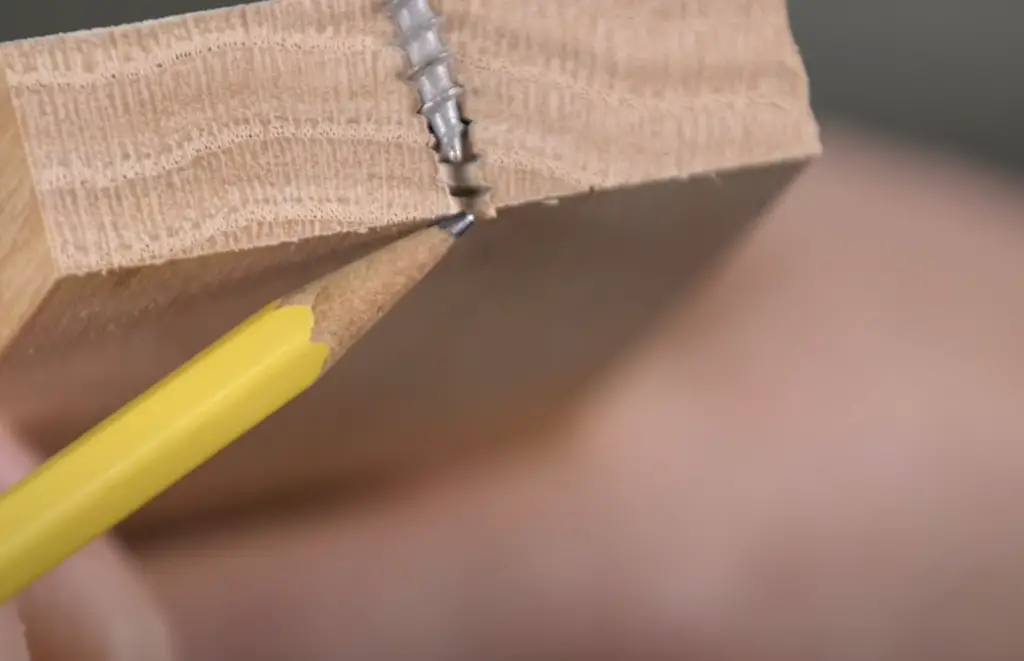
Wood auger bits feature a screw-like shape which makes them suitable for drilling larger diameter holes in wood with less effort than twist bits. Core drills are hollow cylinder-shaped cutters used to drill large-diameter holes in reinforced concrete and other hard surfaces quickly and accurately. Hole saws are circular cutting tools used to make clean-cut circles in wood, plastic, and metal. Finally, step drills are used for quickly drilling larger-diameter holes through a variety of materials [1].
The Design of Drill Bits Explained
Diameter
The diameter of a drill bit is perhaps the first factor to consider when selecting a drill bit for a particular task. This specification will determine the size of the hole that can be drilled. Smaller diameter bits are generally used for precision drilling, while larger sizes are better suited for heavy-duty tasks and materials such as masonry or metal.
Flutes
A flute is a curved groove cut into the surface of the bit. The number and shape of flutes on a drill bit affect its performance and longevity in various materials. Generally speaking, more flutes mean increased cutting performance while fewer flutes reduce resistance during drilling operations. Bits with wide flutes tend to produce smoother surfaces, while those with narrow flutes make sharper cuts.
Cutting Edge
The cutting edge is the part of the drill bit that does the cutting. Bits with sharper edges tend to penetrate faster and produce cleaner holes, while those with more rounded edges may be less prone to breakage or damage when drilling harder materials. The type of material being drilled also determines which kind of cutting edge should be used; for example, softer metals require a shallower angle on the tip than harder materials such as masonry or concrete.
Shank Design
The shank is the portion of the bit that connects it to the drill chuck. It can either have straight sides or taper towards its end, which affects how much torque can be applied during a drilling operation. A tapered shank offers more gripping surface than a straight one, allowing for greater torque and improved stability during operation.
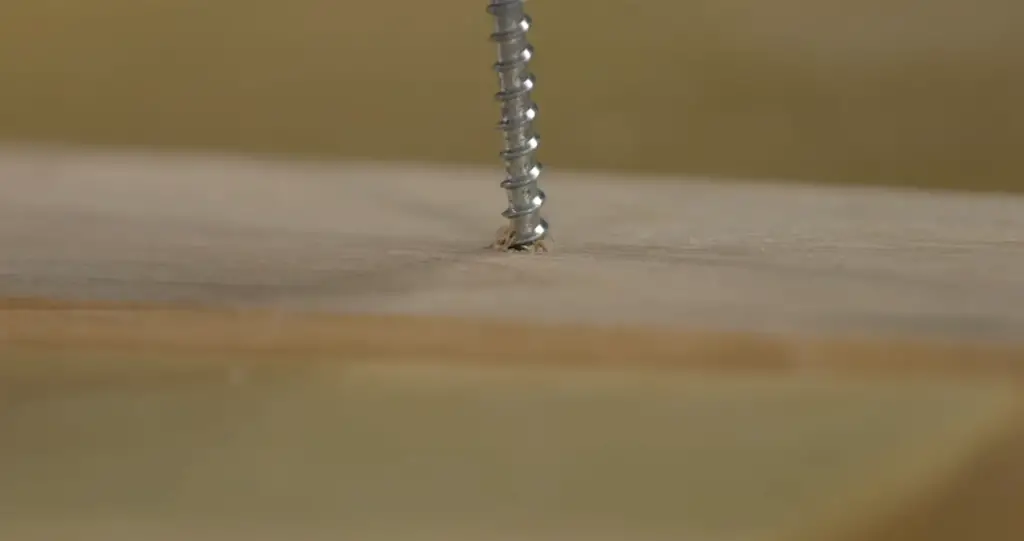
Overall Length
The overall length of a drill bit is important when it comes to tackling different tasks. Longer bits can reach deeper into certain materials, while shorter bits are better suited for precision drilling. It’s also worth noting that most standard twist drill bits come in various lengths, so be sure to select the right size for the job. The length of the bit can be from 1/16 inch to 4 inches, with the most common being 1/4 inch and 3/8 inch.
Coating
Many drill bits are coated with a special finish or material to enhance cutting performance and reduce wear on the bit. Common coatings include titanium nitride (TiN) which provides a harder surface that resists heat build-up during drilling operations, as well as diamond powder which improves cutting speed in tougher materials such as concrete or masonry. Ultimately, the type of coating used will depend on the task at hand and the material being drilled into.
Construction Material
The material of the drill bit will determine its strength and durability. High-speed steel (HSS) is the most common type of construction material used in drill bits, as it offers a good balance between cutting speed and sharpness. Other materials such as carbide or cobalt may also be used depending on the task at hand; however, they typically come with a higher price tag than HSS.
Point Style
The point style of a drill bit is another key factor to consider when selecting the right tool for a particular application. There are several types of points available depending on the material being drilled and desired finish: spade points have an aggressive cutting edge suitable for drilling through thick materials, while split points are better suited for precision tasks such as creating pilot holes.
Types Of Drill Bits
Twist or Standard Drill Bit
The twist drill bit, also referred to as a standard drill bit, is the most common type of drill bit used. It has a tapered shape with two split or spiral flutes and a pointed tip that allows it to cut into various materials. The cutting edge is at the tip with helical grooves along its length to help expel material from the hole as it drills. They are available in sizes from 0.2 millimeters up to 25 millimeters and come in both high-speed steel (HSS) and carbide varieties.
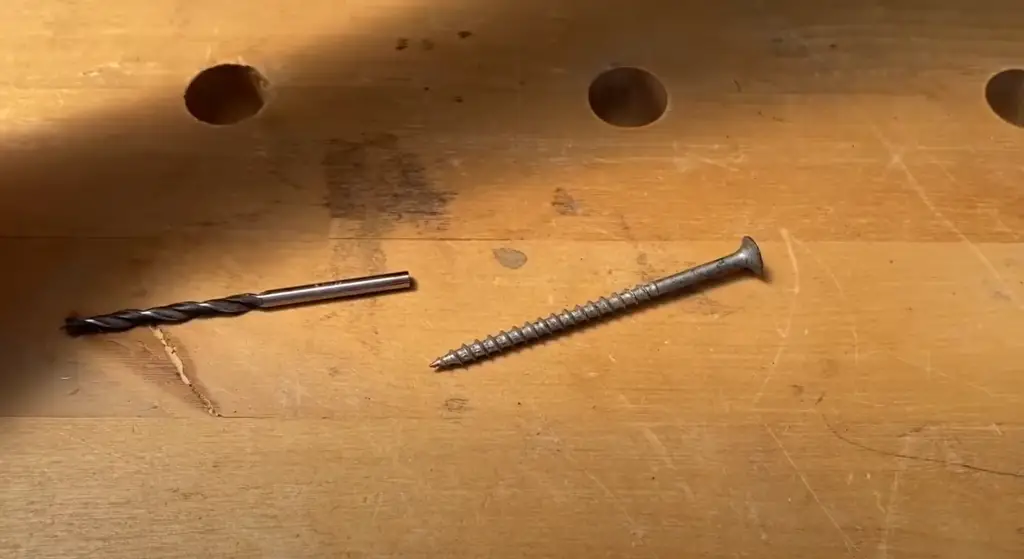
Masonry Drill Bit
Masonry drill bits are designed for drilling into concrete, brick, stone, ceramic tiles, and other masonry surfaces such as mortar joints. They have an even more aggressive profile than twist drill bits, with a pointed tip and flutes that allow for the efficient removal of masonry material from the hole. The cutting edges are usually carbide-tipped to increase their life expectancy and reduce wear on the bit.
Brand Point Drill Bit
The brand point drill bit is designed for use in wood or man-made boards such as plywood, MDF, and particle board. It has a pointed tip with two sharp edges and a unique webbed design that helps to reduce the overall friction while drilling. The bit also has two spurs near its tip which help create cleaner holes by cutting away material from the sides of the hole rather than pushing it through as a twist drill bit does.
Hole Saw
A Hole saw is a type of cylindrical saw blade with cutting teeth around its edge. It’s used for making large-diameter holes in materials such as wood, metal, plastic, and plasterboard. They are available in sizes from 10 millimeters up to 300 millimeters, and they can be either solid or segmented. Most are made from high-speed steel (HSS) but some larger sizes are available in carbide.
Step Drill Bit
The step drill bit is designed for drilling through materials such as sheet metal, plastic, and wood. It has a unique design with two cutting edges that spiral around the point and a stepped profile that increases in size as it drills down. This allows for multiple holes to be drilled at different depths without having to switch bits. They come in sizes from 2 millimeters up to 12 millimeters and are usually made of HSS or cobalt.
Forstner Drill Bit
The Forstner drill bit is designed for making precise, flat-bottomed holes in wood. It has a unique design with two cutting edges and an adjustable center point that allows it to cut through material without wandering or splintering the sides of the hole. They are available in sizes from 6 millimeters up to 50 millimeters and come in both HSS and carbide varieties.
Spade Bit
The spade bit is used for boring large holes into wood. It has a wide, paddle-like design with sharp cutting teeth along its edge that allow it to quickly remove material from the hole. They come in sizes ranging from 12 millimeters up to 100 millimeters, and they can be made of either HSS or carbide.
Auger Bit
The auger bit is designed for drilling deep, wide holes in wood. It has a twisted spiral design with sharp cutting edges that help to quickly remove material from the hole. They are available in sizes ranging from 6 millimeters up to 50 millimeters and are usually made of HSS.
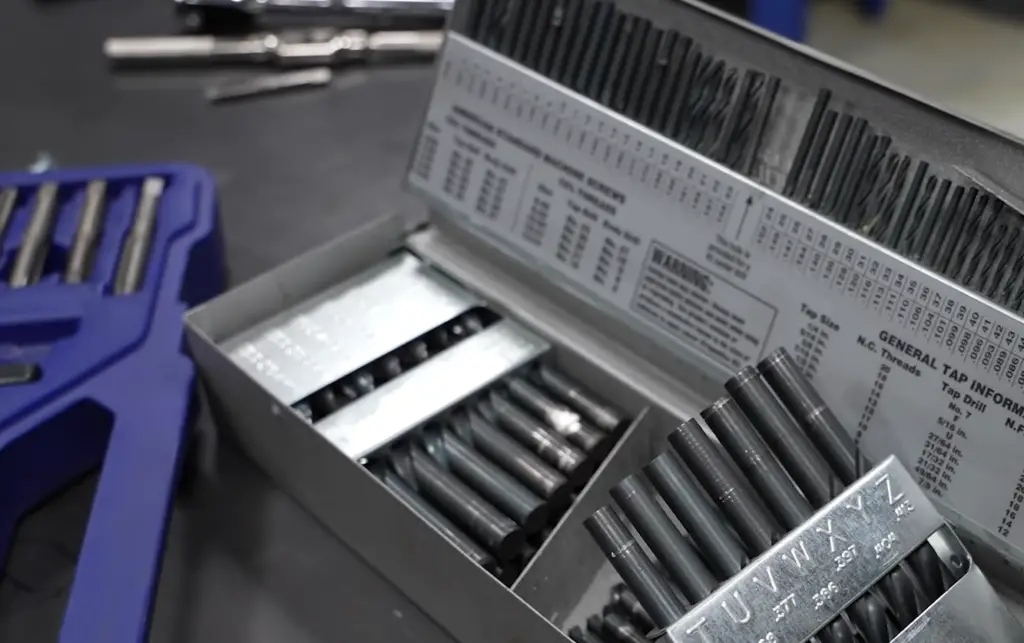
Tile Drill Bit
The tile drill bit is designed specifically for drilling into ceramic tiles, porcelain, and stone surfaces. It has a pointed tip with diamond-tipped flutes that allow it to efficiently cut through these materials without cracking them. They come in sizes from 4 millimeters up to 12 millimeters and are often made of high-grade carbide or tungsten carbide for increased durability and longevity.
Countersink Bit
The countersink bit is designed for creating countersinks or conical recesses in the surface of a material. It has a pointed tip and flutes that allow it to cut down into the material, as well as an adjustable stop collar which allows the depth of the countersink to be controlled. They are available in sizes from 3 millimeters up to 20 millimeters and come in both HSS and carbide varieties.
Crown-Style Drill Bit
The crown-style drill bit is designed for use on harder materials such as stainless steel, aluminum, brass, and titanium. It has an aggressive cutting profile that includes two carbide inserts with multiple cutting edges along its length that allow it to quickly remove material from the hole. They come in sizes from 1 millimeter up to 12 millimeters, and they are usually made of carbide or cobalt for increased durability.
Flat Bit
The flat bit is designed for use on softer materials such as wood and plastic. It has a wide cutting profile with two sharp edges that allow it to quickly remove material from the hole. They come in sizes from 3 millimeters up to 25 millimeters, and they can be either high-speed steel (HSS) or carbide varieties.
Taper Point Drill Bit
The taper point drill bit is designed for drilling into harder materials such as cast iron, hardened steel, stainless steel, aluminum alloys, copper alloys, and titanium alloys. It has a very aggressive cutting profile that includes two carbide inserts with multiple cutting edges along its length which allow it to quickly remove material from the hole. They come in sizes from 0.5 millimeters up to 25 millimeters, and they are usually made of carbide or cobalt for increased durability [2].
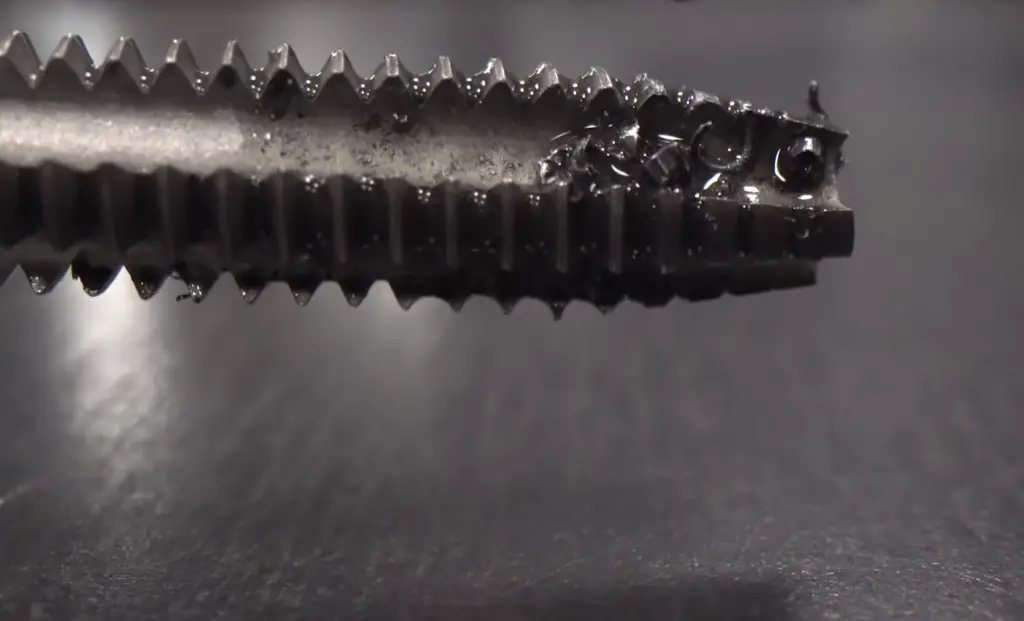
How to Determine the Size of Your Drill Bit For An Anchor
What Size Drill Bit To Use For Drywall Anchors
When choosing the right drill bit size for drywall anchors, there are a few things to consider. First of all, what type and size anchor are you using? Different types of anchors require different sizes of drill bits. For instance, toggle bolts typically use 1/4” or 3/16” drill bits while molly screws usually require larger 7/16” or 1/2” drill bits.
Thicker drywall may require larger bits as they provide more stability than smaller ones, especially if you are drilling deep into the wall. If you are only drilling shallowly into the wall, then you may be able to get away with using smaller drill bits.
Another factor to consider is the size of the hole or opening that you are drilling into the wall. If it’s a larger hole, such as for mounting a television bracket, then a larger drill bit will be necessary. On the other hand, if you are only drilling shallowly or creating small holes for anchors, then a smaller bit may be sufficient.
Finally, make sure that your drill bit is sharp and in good condition before beginning any work. Dull drill bits can cause more problems than they solve – they can cause damage to walls and increase the risk of breaking an anchor or screw during installation. Always inspect your drill bit before use and replace it if necessary.
What Size Drill Bit To Use For Concrete Anchors and Toggle Bolts
The size of the drill bit to use for concrete anchors and toggle bolts will depend on the type and size of anchor you are using. Most toggle bolts require a 1/4” or 3/16” drill bit, while molly screws require a larger 7/16” or 1/2” drill bit. It is important to check the specifications of your anchor before drilling into concrete as different types may have varying requirements.
When drilling into concrete, you must use a hammer drill or an impact driver with carbide-tipped bits for best results. These tools can provide the power and torque necessary to drill through thick and hard surfaces without risking damage to the anchor or screw. Additionally, they will help to ensure that your anchor is securely fastened to the wall.
It is important to note that when drilling into concrete, special care must be taken and safety precautions should always be followed. Make sure you are wearing safety goggles and a dust mask when working with concrete, as the bits can create a lot of debris. Additionally, check your drill bit for signs of wear or damage before beginning any work – dull or damaged bits may cause further damage to your anchors and screws during installation.
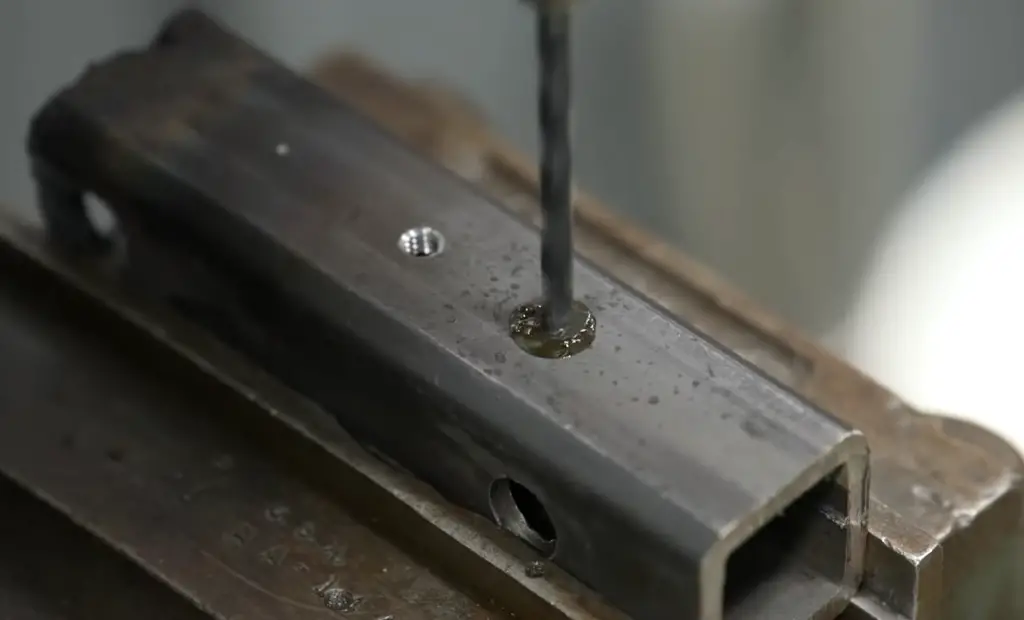
What Size Drill Bit To Use For Wood Anchors
When drilling into wood, you will need to select a drill bit size based on the type of anchor you are using. Different types of anchors require different sizes of drill bits – for instance, toggle bolts typically use 1/4” or 3/16” drill bits while molly screws usually require larger 7/16” or 1/2” drill bits. Additionally, some anchors may require a pilot hole for better stability. If you need to drill a pilot hole, be sure to select a bit size that is slightly smaller than the anchor – this will help ensure that your anchor fits properly and is securely fastened.
It is important to note that when drilling into wood, special care must be taken and safety precautions should always be followed. Make sure you are wearing safety glasses and protective gloves when working with any type of power tool. Additionally, check your drill bit for signs of wear or damage before beginning any work – dull or damaged bits may cause further damage to your anchors and screws during installation [3].
FAQ
How do I know what drill bit to use for screws?
When selecting a drill bit for screws, it is important to consider the size and type of screw you are using. Generally speaking, most standard flat or round head screws can be drilled with an ordinary twist bit that is slightly smaller than the diameter of the screw. This will provide enough clearance so that the threads of the screw can pass through properly. For other types of screws such as Phillips or Hex Head, specialized bits may be needed to achieve optimal results. It is always best to check manufacturer specifications before beginning any project to ensure accuracy. If unsure, it’s best to contact a professional who can provide advice on which drill bit to use for your specific application.
How big of a drill bit do I need for a screw?
The size of the drill bit you need for a screw is dependent on the type and size of the screw. As mentioned above, most standard flat or round head screws can be drilled with an ordinary twist bit that is slightly smaller than the diameter of the screw. For other types of screws such as Phillips or Hex Head, specialized bits may be required to achieve optimal results. Again, it is always best to check manufacturer specifications before beginning any project to ensure accuracy. If unsure, contact a professional who can provide advice on which drill bit to use for your specific application.
What should I do if I don’t have a drill bit that’s large enough?
If you don’t have a drill bit that’s large enough for a certain project, it’s possible to use an adapter. This is a device that can be used with most standard drill bits and enables them to go larger than what they are rated for. Some adapters even allow you to use any size bit regardless of its intended purpose. However, it’s important to note that using an adapter may reduce the overall performance of the drill bit and could result in unsatisfactory results. If unsure, contact a professional who can provide advice on whether or not this solution would be suitable for your specific application.
How do I know when to replace my drill bits?
Drill bits will eventually wear out over time from frequent use. It’s important to take into account how much wear and tear the bit has seen as well as the types of materials it was used on. If you notice any chips or damage to the cutting edge, it’s best to replace the bit in order to achieve optimal results. You may also want to consider replacing drill bits if they have been used more than a few times without being sharpened or re-tipped. Additionally, some materials such as plastic or aluminum may require specialized drill bits that can handle these surfaces better than standard twist bits. If unsure, consult a professional who can provide advice on when is it necessary to replace your drill bits.
Useful Video: Picking the Right Drill Bit Size for a Screw
Conclusion
Drill bit size for screw size is an important consideration when choosing which bit to use for a given job. The correct drill bit size can make the difference between a successful project and one that fails due to oversized or under-sized drill bits. Knowing the correct drill bit size for screw sizes will help ensure your projects are not only successful but also safe. With this knowledge in hand, you can be confident in your selection of the proper bit for any task. Remember, having the right tool makes all the difference.
References
- https://www.mechical.com/2021/01/types-of-drill-bits.html
- https://civiconcepts.com/blog/types-of-drill-bits
- https://www.apartmenttherapy.com/how-to-choose-correct-drill-bit-36894049






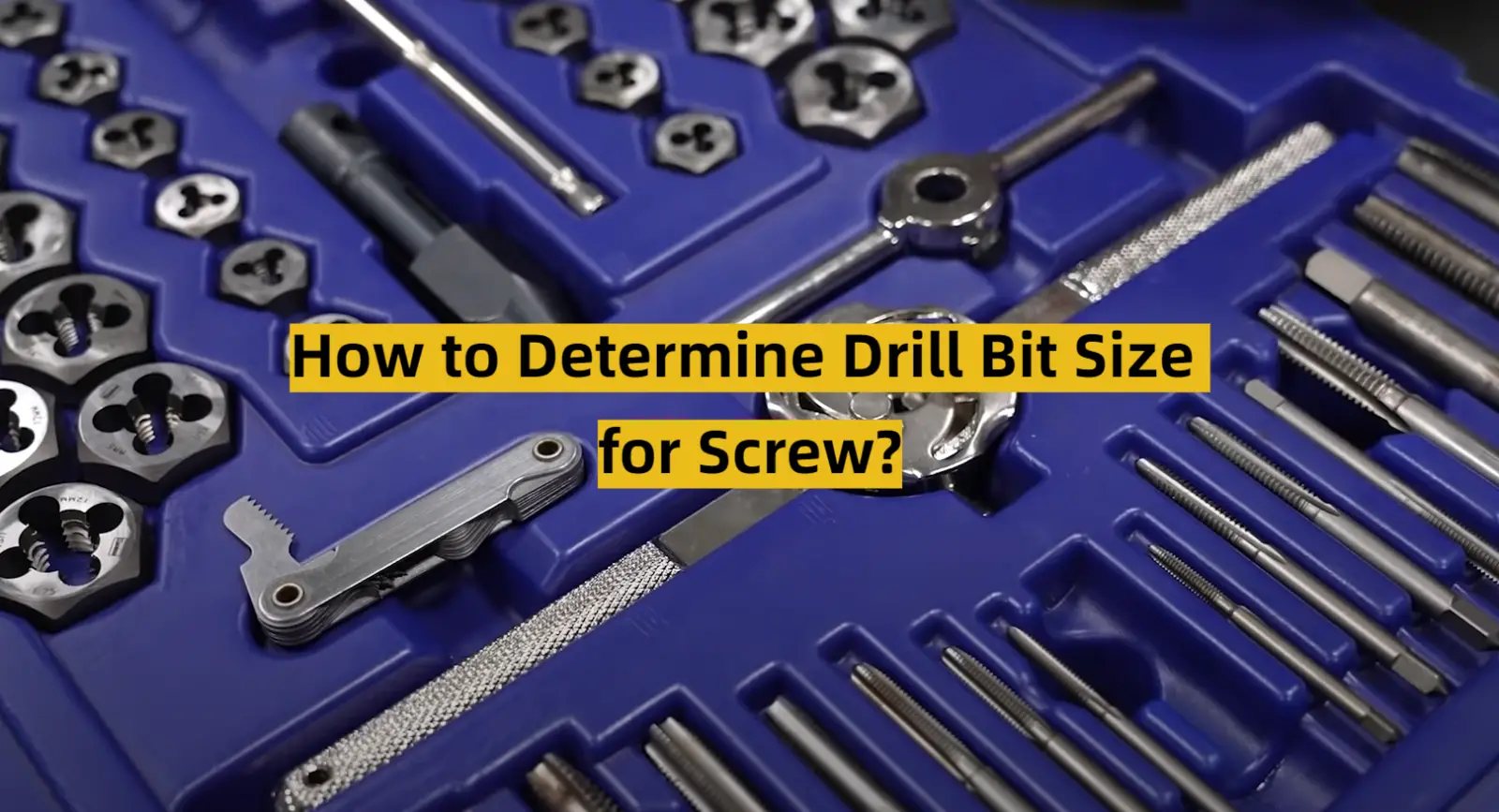






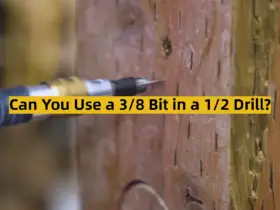
Leave a Reply